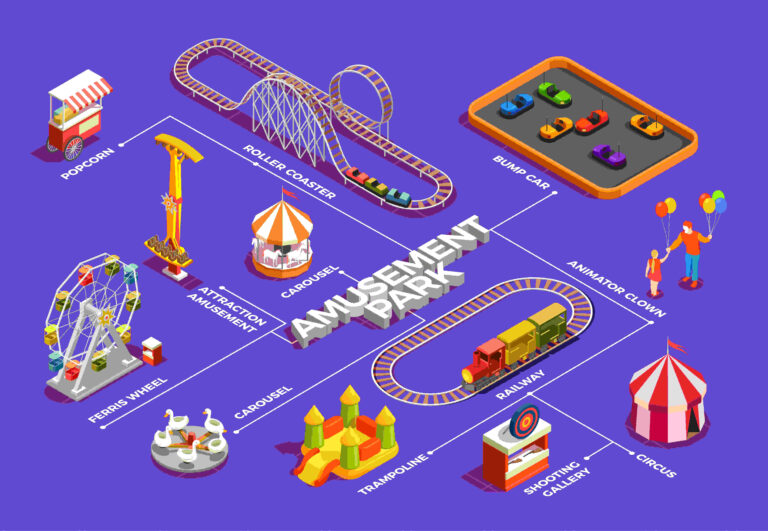In today’s competitive job market, the need for streamlined hiring processes has become more crucial than ever. Employers are constantly striving to attract top talent while ensuring a smooth and efficient recruitment process. A well-structured and streamlined hiring process not only saves valuable time and resources but also helps in making informed decisions about candidates.
An optimized hiring process begins with clear and concise job descriptions that accurately outline the qualifications and skills required for the role. By clearly defining the expectations and responsibilities of the position, employers can attract candidates who possess the necessary qualifications. Moreover, a thorough screening process that includes a combination of resume reviews, phone interviews, and assessments enables employers to identify qualified candidates efficiently. Streamlining the process by using appropriate technology platforms and tools ensures that key information is easily accessible, and hiring managers can evaluate candidates quickly and effectively. By implementing a streamlined hiring process, employers can save time, make well-informed decisions, and ultimately acquire the best talent for their organization.
Identifying the Key Challenges in Recruitment
Recruitment, an integral part of any organization’s growth and success, often comes with its fair share of challenges. Identifying these key challenges is crucial in order to devise effective strategies and overcome the obstacles that stand in the way of attracting and hiring top talent. One of the major challenges faced by recruiters is the increasing competition for qualified candidates. In a highly competitive job market, where talented individuals have multiple options available to them, organizations need to constantly differentiate themselves in order to stand out and attract the best fit for their roles. This requires not only a robust employer brand but also the ability to effectively communicate and market the unique value proposition that their organization offers.
Another significant challenge in recruitment lies in the time and effort required to sift through a large number of applications. With the rise of online application platforms, it has become easier than ever for candidates to submit their resumes, resulting in a deluge of applications for each position. Recruiters are faced with the daunting task of meticulously reviewing each application to identify the most suitable candidates, which can be both time-consuming and labor-intensive. Additionally, the risk of overlooking potentially qualified candidates due to the sheer volume of resumes can hinder the organization’s ability to find the right talent. As such, streamlining the recruitment tool process and implementing efficient screening techniques are essential to ensure that no potential candidates slip through the cracks.
• The increasing competition for qualified candidates is a major challenge in recruitment.
• Organizations need to differentiate themselves and effectively communicate their unique value proposition.
• Time and effort required to sift through a large number of applications is another significant challenge.
• Online application platforms have made it easier for candidates to submit resumes, resulting in a deluge of applications.
• Meticulously reviewing each application can be time-consuming and labor-intensive.
• There is a risk of overlooking potentially qualified candidates due to the sheer volume of resumes.
• Streamlining the recruitment process and implementing efficient screening techniques are essential.
Utilizing Technology to Optimize Talent Acquisition
In today’s rapidly evolving digital landscape, businesses are increasingly turning to technology to optimize their talent acquisition processes. With the rise of applicant tracking systems (ATS), recruiters now have access to a plethora of tools and software that streamline the hiring process. These platforms enable recruiters to post job openings, screen resumes, and even conduct automated interviews, minimizing the time and effort spent on administrative tasks. By leveraging technology, organizations can channel their resources towards more strategic aspects of talent acquisition, such as building relationships with potential candidates and conducting comprehensive assessments.
One of the key advantages of utilizing technology in talent acquisition is its ability to expand the reach and visibility of job postings. Online job boards, social media platforms, and professional networking sites enable organizations to quickly and easily connect with a diverse pool of talent across geographical boundaries. This not only increases the chances of finding qualified candidates, but also promotes diversity and inclusion within the workforce. Additionally, by leveraging artificial intelligence (AI) and machine learning algorithms, technology can help identify the most suitable candidates based on specific job requirements and desired skill sets. This ensures that recruiters can make more informed decisions and ultimately hire individuals who are the best fit for the organization.
Enhancing Candidate Experience through Innovative Solutions
In today’s competitive job market, providing a positive and seamless candidate experience is essential for organizations that want to attract and retain top talent. As technology continues to advance, innovative solutions have emerged to help enhance the candidate experience throughout the recruitment process. One such solution is the use of applicant tracking systems (ATS) and automated recruitment software. These platforms streamline the application process by allowing candidates to easily search for, apply to, and track their progress in real-time. By eliminating tedious paperwork and simplifying the process, candidates are more likely to have a positive experience, regardless of the outcome. Additionally, these systems enable recruiters to efficiently manage and review applications, ensuring a prompt and fair decision-making process.
Assessing the Role of Artificial Intelligence in Recruitment
Artificial Intelligence (AI) has emerged as a game-changer in various industries, and its impact on recruitment should not be overlooked. With its ability to analyze large volumes of data, identify patterns, and make predictions, AI technology has the potential to revolutionize the hiring process. One of the key roles that AI can play in recruitment is automating repetitive tasks, such as resume screening and candidate shortlisting. This can save recruiters valuable time and allow them to focus on more strategic aspects of the hiring process.
Moreover, AI-powered chatbots have gained popularity in improving candidate experience. These chatbots can engage with candidates, answer their questions, and collect relevant information, providing a seamless and personalized experience throughout the recruitment journey. Additionally, AI algorithms can assess a candidate’s skills and qualifications based on their resumes and online profiles, helping recruiters make more informed decisions. However, despite these promising benefits, it is important to carefully evaluate the role of AI in recruitment to ensure that it does not perpetuate bias or discrimination. Ethical considerations and oversight must be implemented to mitigate any potential risks associated with the use of AI in the hiring process.
Improving Diversity and Inclusion in Hiring Practices
Diversity and inclusion in hiring practices have become increasingly important in today’s workplace. Employers are recognizing the benefits of having a diverse workforce, including increased innovation, creativity, and perspectives. However, there are still key challenges that hinder the achievement of diversity and inclusion goals.
One of the key challenges in improving diversity and inclusion in hiring practices is unconscious bias. Bias can creep into the hiring process in various ways, including during resume screening, interviews, and decision-making. These biases can lead to the exclusion of qualified candidates from underrepresented groups. Employers need to be aware of these biases and implement strategies to mitigate their impact. This can include implementing structured interviews, blind resume screening, and unconscious bias training for hiring managers. Additionally, organizations need to actively attract a diverse pool of candidates by widening their recruitment channels and promoting inclusivity in their job postings.
What is the significance of streamlined hiring processes in improving diversity and inclusion?
Streamlined hiring processes ensure that recruitment is conducted in a fair and efficient manner, reducing bias and promoting equal opportunities for all candidates. By removing unnecessary steps and focusing on objective criteria, organizations can attract a more diverse pool of applicants and make hiring decisions based on merit.
How can technology help optimize talent acquisition and improve diversity and inclusion?
Technology can play a crucial role in improving diversity and inclusion in hiring practices by automating parts of the recruitment process and reducing human bias. Applicant tracking systems, for example, can help identify qualified candidates from diverse backgrounds, while video interviewing platforms can enable remote and anonymous interviews, ensuring fair assessment based solely on skills and qualifications.












